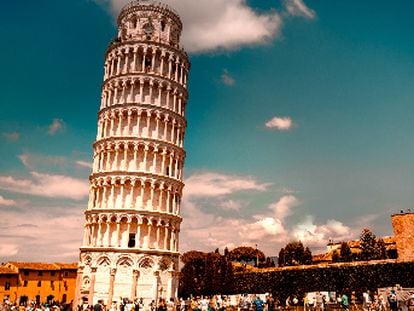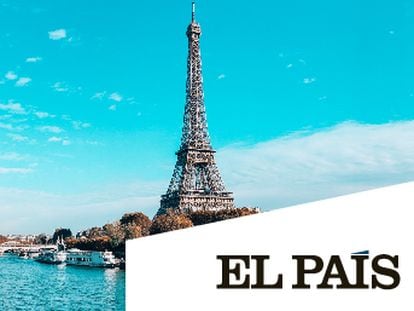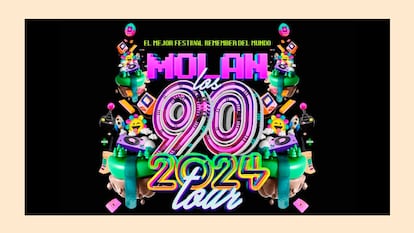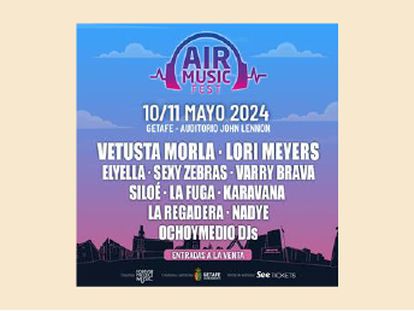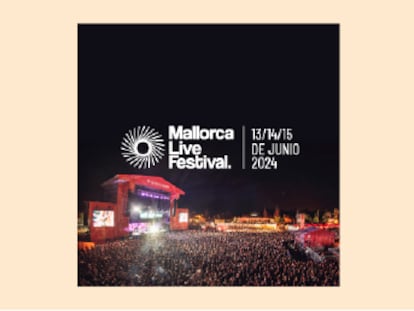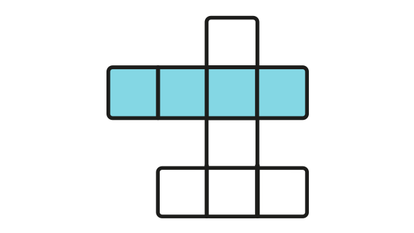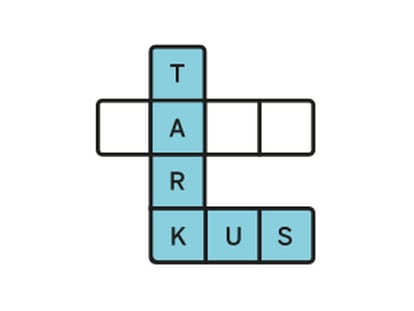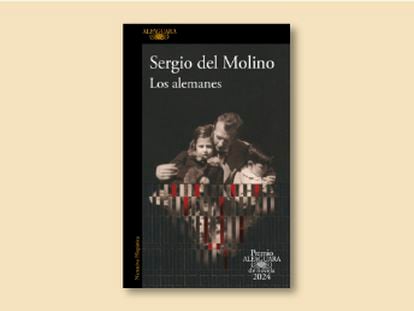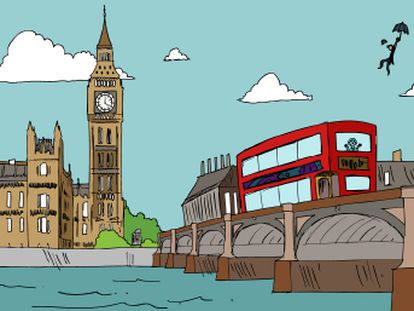The secret story of ants: we are because we share!
As kids, we all have observed ants walking in line towards some sugary treat, like a drop of soda left quite intentionally on the pavement. We were and still are fascinated about how these tiny insects are able to follow each other, find their nest, and exploit an opportune food source.
The worker ants that drink at the drop of soda are called foragers. Although they may seem numerous when gathered around the food, they only represent the tip of the iceberg. Indeed, most of the ant colony—that is, the queen(s), larvae, and domestic workers—are safe inside the nest. The majority of the workers toiling away in the nest never eat directly at the food source, but they still need energy. The ant colony thus faces a great nutritional challenge: how does it manage to feed all of its members, including the larvae and the queen, with the food harvested only by a small number of workers?
The answer is in the abdomen. Ants carry and stock the harvested food inside their midgut and can exchange food they have previously ingested. During a food exchange, or trophallaxis as it is called, a well-fed worker regurgitates part of its dinner to a hungry receiver that comes. For the queens, larvae, and domestic workers, trophallaxis is the only way to be fed.
How, then, do larvae and queens communicate how hungry they are and what food they need? A chain of demand regulates this process and, therefore, the activity of the foragers. When a larva is hungry she begs food from a worker. That worker will in turn get hungry and beg yet another worker. The begging and thus the hunger climb up a chain of workers—like a baton passed on in a relay race—until it reaches a forager. Once emptied of food and triggered by its own hunger, the forager will leave the nest and search for food. If lucky, it will find the treat we left on the terrace.
As mentioned earlier, foragers are easy to observe. One piece of fresh fruit is enough to make them come out of the nest en masse so we can watch their behaviour. But the sharing of the harvest happens inside the multiple hidden galleries of the nest. In order to understand how ants share and actually feed, we at the Unit of Social Ecology at the Université Libre de Bruxelles constructed a simple square nest and put ants in it. We fed the ants with a sugar solution to which we added a radioactive tracer. As the radioactive tracer entered the nest along with the ingested sugar solution, a camera recorded the rays emitted by the tracer. This way we could monitor the whole sharing process inside the colony.
Ants, like all animals, live in an ever-changing environment, and the food sources available are also very uncertain. How do ants adapt to these variations? Is it better to built up stocks or is it preferable to feed all workers first?
Our research shows that the colony feeds everybody very fast—200 workers received sugar within 30 minutes—and simultaneously builds up stocks. As previously said, ants transport food inside their stomach, so the “stocks” are actually inside workers. These “stocking workers” are surrounded by other less well fed ones. Stocking workers are immobile and, because of that, we could say they are like supermarket shelves. Furthermore, only few workers act as stocks. This strategy of having a small number of heavily food-loaded workers has a great advantage: stocks can be built up and at the same time a pool of “light” workers can be efficient and active.
In fact, though we have always been told ants are hard workers, nests contain a large number of “lazy” stocking workers that spend most of their time inactive. Still, they play an important role in the colony: they are a reservoir of standby labour. And this reservoir of workers means the colony can be responsive to all kind of unexpected situations because all these “lazy” ants are ready to get to work if needed. So having lazy members might sometimes be advantageous.
The study we conducted answers some questions, but, as usual, the greater the knowledge, the greater the unknowns. We could see how ants shared the sugar, main energy source for the workers. But how do they handle proteins, which have to be given to larvae for their development? And what will happen if the food available can only feed a part of the colony? Will the ants decide to feed the workers first to keep the colony working, or feed the larvae to prime the next generation ready for better times? Ants are present in all environments. There are more than 14,000 species that have colonised all terrestrial habitats, and ants count for up to 15% of the weight of all terrestrial animal biomass. The ecological success of ants is only possible because they are able to adapt to and exploit their environment. Our research goal is to understand better the rules governing the flow of information and energy in ant society, which will gives us a better understanding of how ants have been so successful and how their society actually works. Perhaps one day the rules of ant sharing, information or energy, could be applied used to improve communication in human systems.














